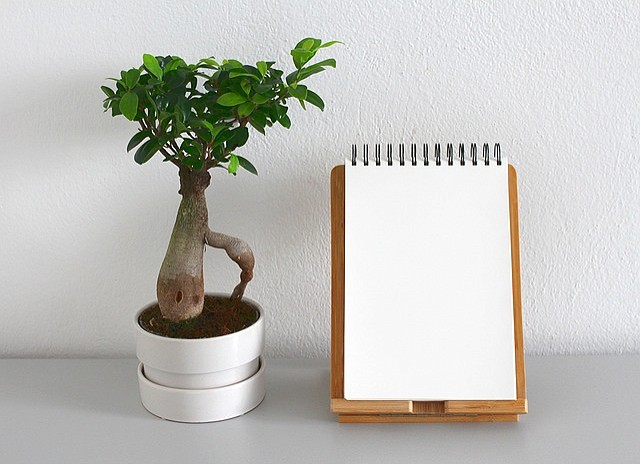
The sustainability of print – Busting the myths
When it comes to the sustainability of print, we must know the facts.
Did you know that the European paper industry is a world leader when it comes to sustainably sourcing raw materials as well as recycling rates? Yet there are still too many misconceptions about the environmental impact of paper.
That is why we want to help people better understand some common misconceptions about print. It’s time to bust some myths:
Myth One
Paper has a high carbon footprint.
The reality
Paper is made from wood, a natural and renewable material. This makes it one of the few truly sustainable products on the planet. The paper industry has seen a lot of progression in lowering the environmental impact of its operations and the environmental cost of its products.
In fact, paper manufacturing has among the lowest carbon footprint of all industries.
Myth Two
Harvesting trees to make paper is bad.
The reality
Paper production uses less than 1% of all trees cut in the United States each year and supports sustainable forestry practices. There are also a number of certifications in place to ensure trees are replanted and forests are sustainably managed.
Myth Three
Print and paper are wasteful products.
The reality
Each year, the UK consumes more than 12.5 million tonnes of paper (that’s a lot of paper!). Whilst this sounds like a concern for waste, we actually recycle roughly 80% of that total.
And with the environmental impact electronics have in mind, using recycled and recyclable paper contributes to a more sustainable printing process and can help to reduce your carbon footprint.
Myth Four
Only recycled paper should be used to make new paper.
The reality
The paper cycle can only be sustained by having access to wood from our forests. Without new tree fibres, the paper cycle would be unable to continue. After a few times of being recycled, fibres tend to weaken, and the paper industry requires fresh fibres from sustainably managed forests to keep the renewable cycle going.
Myth Five
E-communication Is more eco-friendly than paper-based communication.
The reality
Paper-based communication requires no energy to create and distribute and emits zero emissions, whereas digital communication requires energy-heavy servers and networks to store and transmit data – producing large amounts of emissions.
Paper-based communication also does not contribute to electronic waste, which is becoming increasingly difficult to manage and dispose of safely.
At Visual Print and Design, we are passionate about sustainability and believe it is essential for the future of business and the world. That’s why we recently became a commercial member of Two Sides UK.
Two Sides UK is a non-profit organisation that is dedicated to ensuring the responsible production and use of print and paper throughout all industries whilst providing a platform to learn about the importance of this industry and its environmental story.
Want to be part of the solution? Visit www.twosides.info to learn more about the Two Sides campaign. Together, we can ensure that our nation is a leader in sustainability.